There are few areas on Earth which conjure up an image of pristine wilderness quite like Patagonia. The immensity of the near 675,000 square km region is hard to fathom, even if you’ve seen photographs of the rugged knuckles of Cerro Torre or the mountain lakes of the W Trek in Torres del Paine. There are hundreds of glaciers in the region, humbling fjords, active volcanoes and sculpted marble caves. There's the enormity of the Chilean coast and back in-land, beyond it all, the immensity of the steppe.
There is also, unbeknown to most, a 1,700 mile (2,800km) trail, launched in 2018, that will take you almost the entire length of the region. It's called the 'Route of Parks', and it's a trail that traverses 17 national parks, encompasses 28 million acres of unspoiled landscapes and has conservation at its heart.
The route is only a few years old, but its origins date back decades. Depending on how much you know about the labels on the inside of your favourite hiking kit, it's an origin story that might just contain a few familiar names.
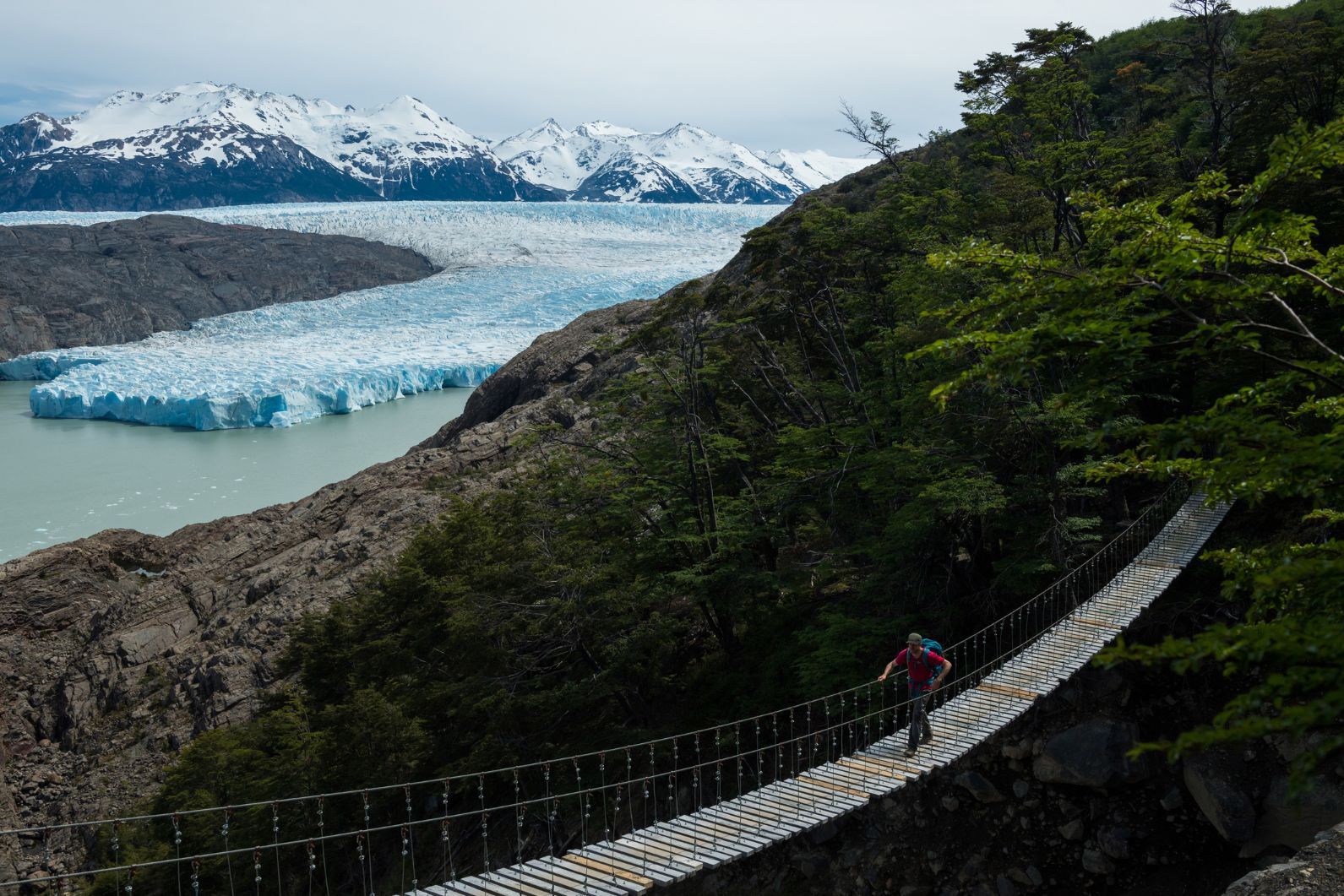
In the early 1990's, the environmentalists Kris McDivitt Tompkins and the late Doug Tompkin, who had recently married, moved to Chile from California, and began the process of buying up millions of acres of land in Patagonia - with the aim of preserving, conserving and rewilding large swathes of it.
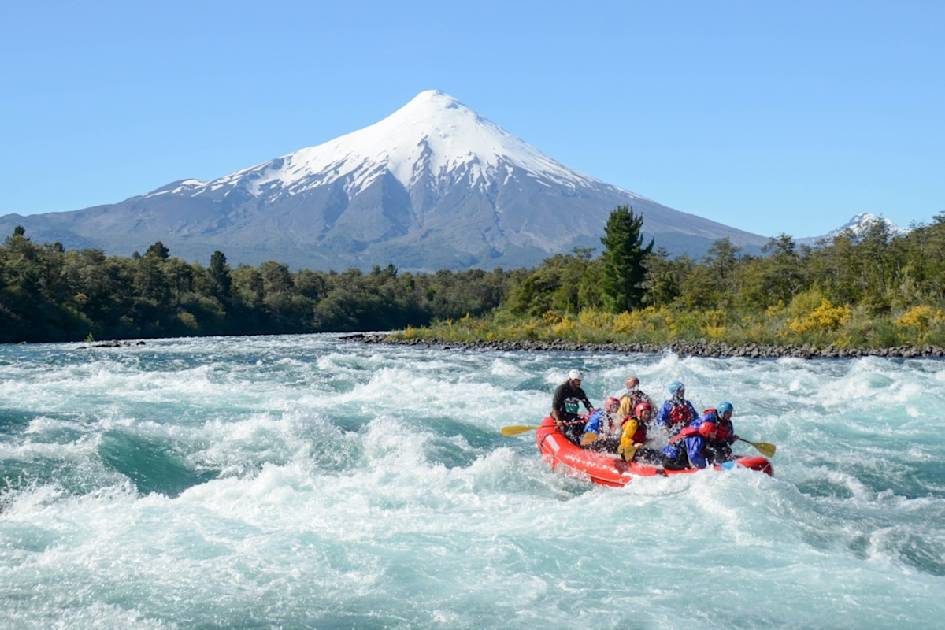
If you’ve not heard of the Tompkins, you (or your wardrobe, at least) will at least be familiar with their work. Kris worked with Yvon and Malina Chouinard to build the clothing brand Patagonia, and served as the first CEO of the company for two decades, from from 1973-1993. That same year, in '93, she married Doug Tompkins, a rock climber and founder of the North Face and Esprit. The two soon turned away from a life in business and moved to South America to focus their efforts on land conservation and “wildlands philanthropy”.
The Tomkins' aim was to save and restore wildlife and habitats from industrial development. There was a particular focus on developing national parks, which the Tompkins Conservation foundation describes as “the oldest, most durable, and best loved mechanism for permanently protecting exceptional landscapes.”
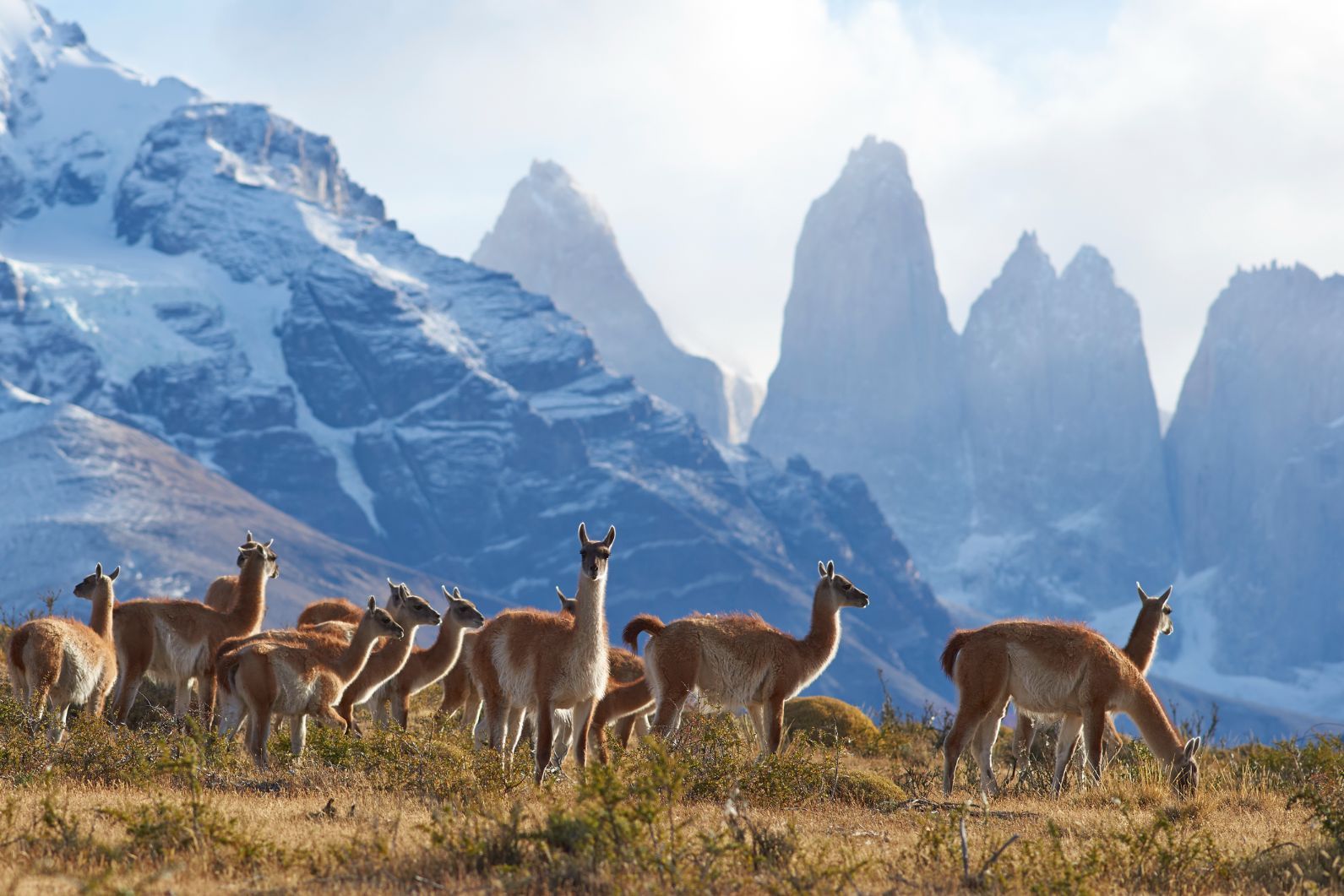
Doug’s first purchase was a run-down coastal farm on the Reñihué fjord in southern Chile in 1991. They would go on to acquire and transform many more hundreds of thousands of acres, often removing sheep and fencing, and retraining ranch workers as conservation workers as part of large-scale 'rewilding' projects (before that term had entered the mainstream sphere).
There was some resistance from those who feared the project was an American land grab, taking money and valuable land away from locals. Mario Vargas Llosa, the Peruvian Nobel prize-winning author, told The Guardian he was “assured that Doug Tompkins was a CIA agent” while in Santiago. The emergence of plans for hydropower and deforestation projects made the motive of the Tompkins clearer, and the employment and economic opportunities that came from the rewilding of the land, and from the conservation projects, went a long way too.
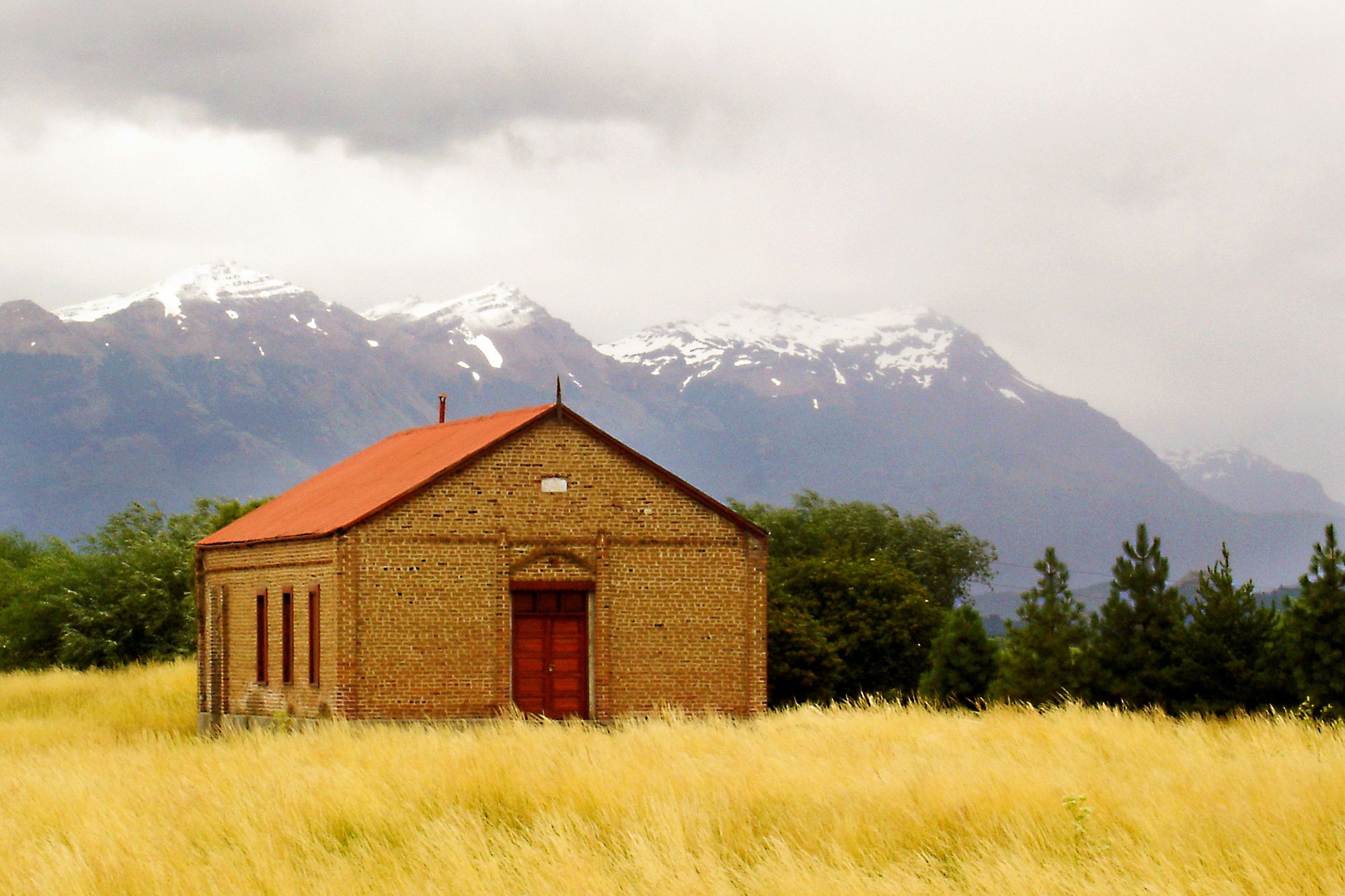
The creation of Corcovado and Yendegaia national parks in 2005 and 2013 soon led to the tabling of the idea for the Route of Parks, which was also “in response to fears that conservation would remove land from production and detract from economic development,” say the Tompkins Conservation. They add: “Conservation is not only an urgent action to counteract the crises of extinction of species of climate change, but it’s also an important alternative for economic development for communities surrounding the national parks.” Doug Tompkins would announce the vision for the trail at the ATTA summit in August 2015.
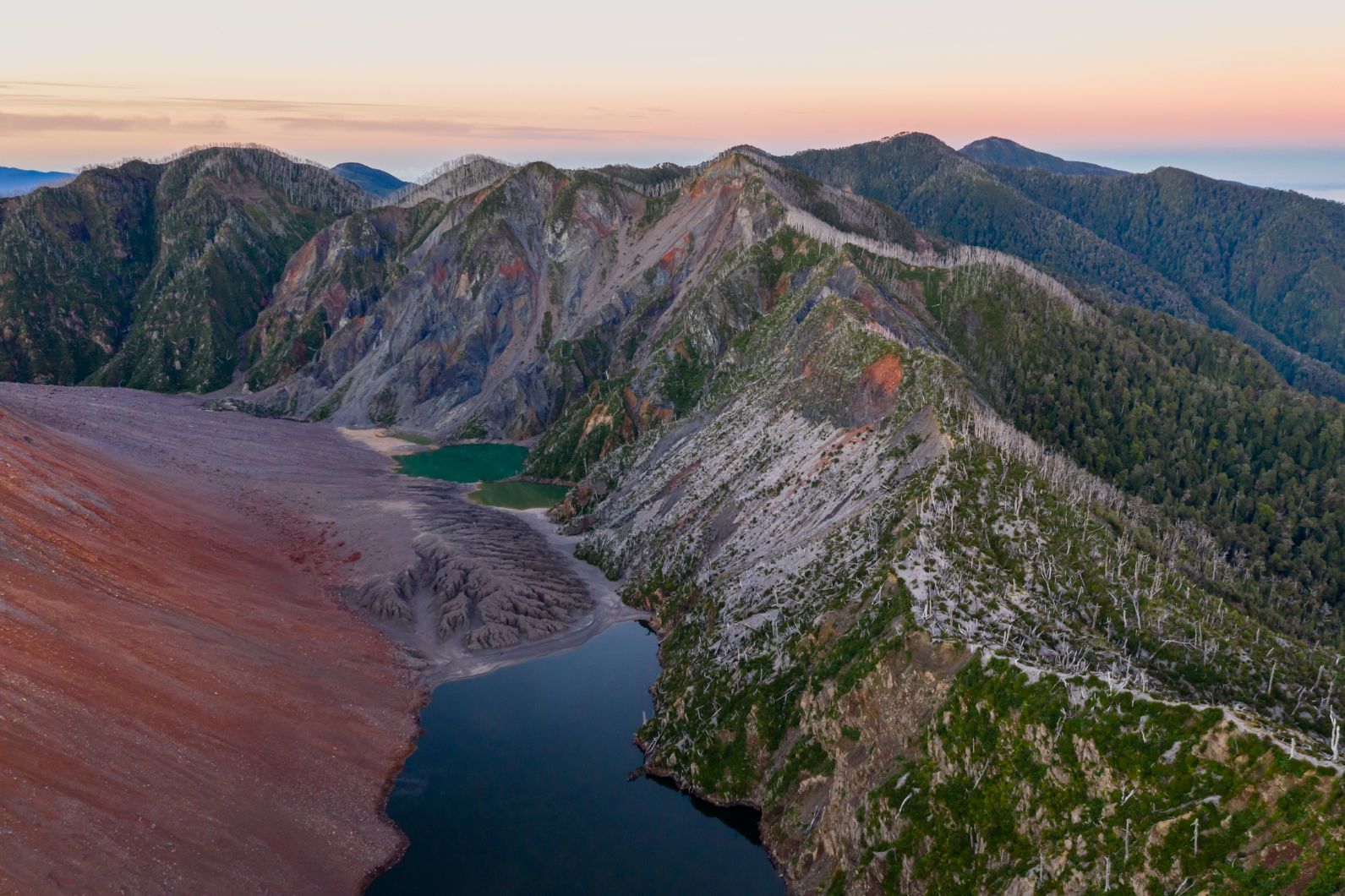
Almost 25 years on from their initial purchase, in 2018 - and three years on from Doug’s death at the age of 72 - Kris and Tompkins Conservation would donate over a million acres of the land they had acquired to the Chilean government. The donation was the culmination of a quarter of a century’s work centred on protecting Patagonia’s landscapes, and was the largest donation of private land to a government to ever take place in South America.
It ultimately led to the nation’s president at the time, Michelle Bachelet, signing into law five new national parks (Pumalín Douglas Tompkins, Melimoyu, Cerro Castillo, Patagonia and Kawésqar), with the remainder of the land repurposed in the development being federally controlled.
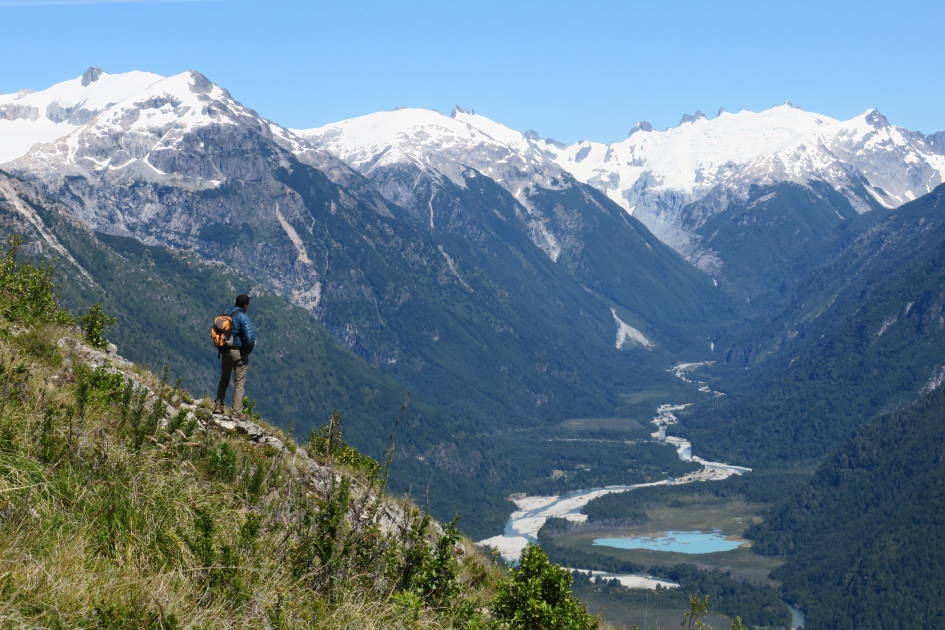
“This is not just an unprecedented act of preservation,” said Michelle Bachelet at the time. “It is an invitation to imagine other forms to use our land. To use natural resources in a way that does not destroy them. To have sustainable development - the only profitable economic development in the long term.”
The launch of the five new national parks came alongside the launch of the 17-park, 2,800-km Route of Parks, aimed at encouraging ecotourism in the area and providing financial opportunities for locals, who they hoped would be encouraged to set up tourism ventures and infrastructure that would support a circular, nature-based economy and help protect the biodiversity of Patagonia.
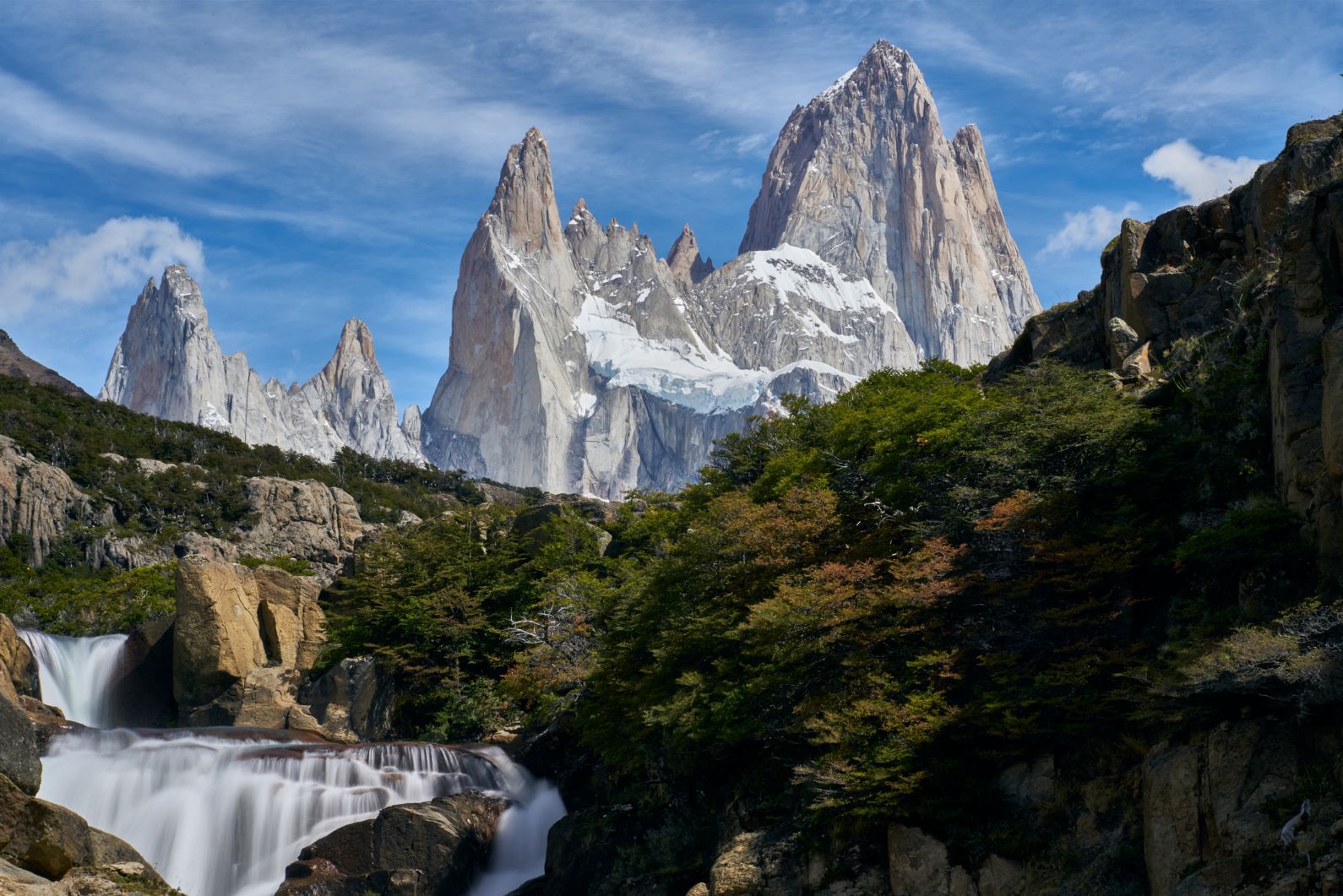
“We want local people to have a sense of ownership and pride,” said Tompkins, at the European launch of the route in London, September 2019. “They will become the first line of defence in conservation.” She hopes to see low-impact accommodation spring up to serve ecotourism coming to the parks, as well as guiding and transport services. The Tompkins Foundation have already begun the process, building small lodges, campgrounds and a visitor centre in two of the five parks they helped create - Parque Patagonia and Parque Pumalín.
“This [route] is unprecedented and will become one of the most famous routes in the world, connecting up communities and bringing new economic activity to each region,” McDivitt Tompkins said. “There is no long-term conservation possible unless neighbouring communities find that their best interests are served. National parks have proven to be a strong source of national pride, creating honour and admiration throughout their citizenry.”
Like many long-distance trails, the Route of Parks is actually a route connecting three pre-existing trails; the Carretera Austral road between Puerto Montt and Villa O’Higgins, the central fjordlands, a route accessible only by ferry, and the End of the World route, finishing at Cape Horn.
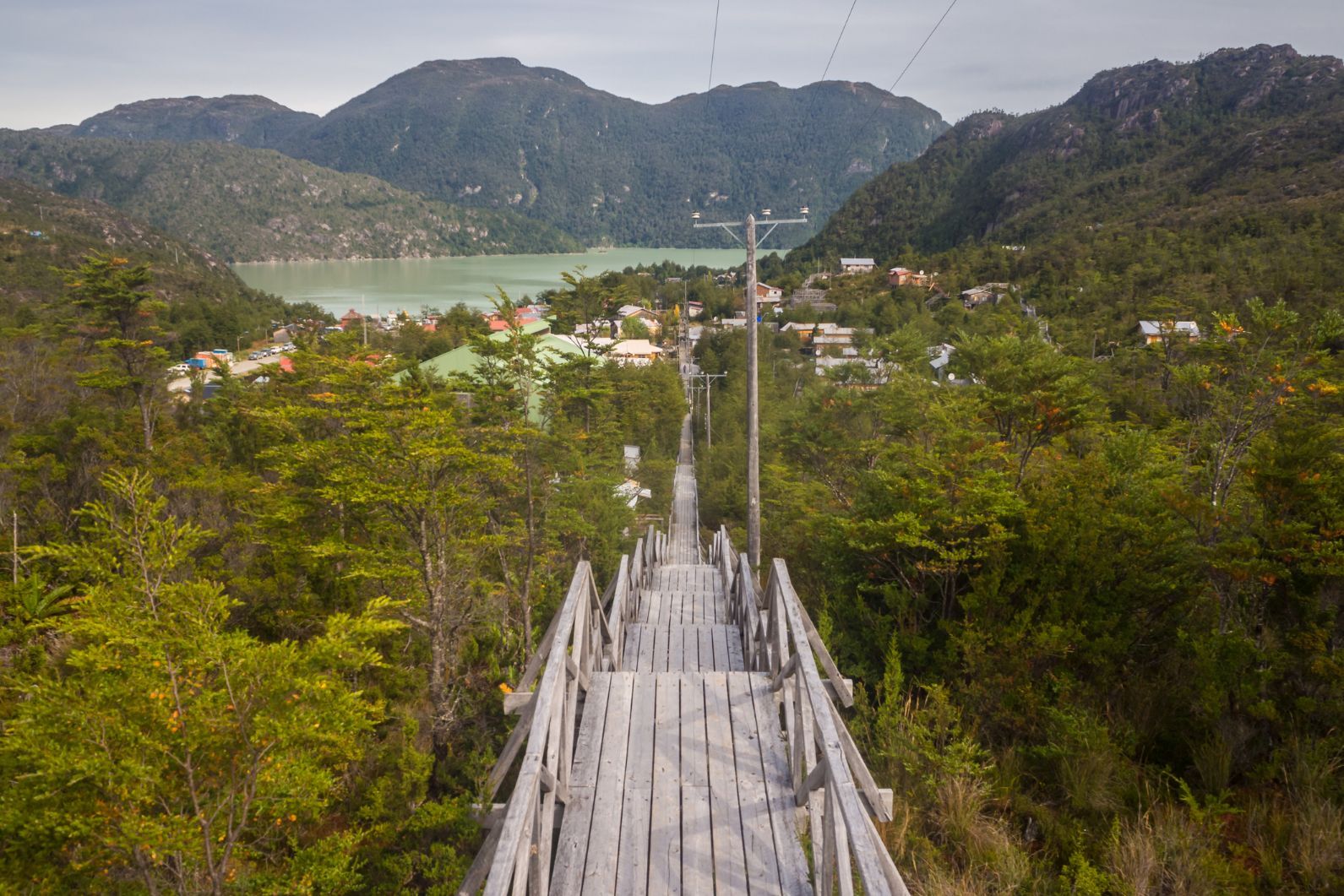
Tompkins Conservation call the route "an economic impulse for more than 60 surrounding communities to benefit from conservation,” and the route has already had benefits for tourism in Patagonia. It provides a clearer route through the region, and allows towns such as El Amarillo, on the edge of the Parque Pumalín, to thrive. It’s hoped it will also make areas such as the Aysén region more accessible, and thus ease the footfall on more heavily-trodden areas.
“No one can stand in these solitudes unmoved, and not feel that there is more in man than the mere breath of his body."
After the Amazon basin, the Route of Parks has one of the highest rates of carbon storage in South America - over 6,600 million metric tonnes. And just as the Tompkins Conservation work in Argentina has seen the reintroduction or protection of jaguars, giant anteaters and various other species, their work in Chile has helped rehabilitate Andean condors, Darwin's Rhea birds, and contributes to the conservation of pumas, small wild cats and huemul deer.
The Route of Parks encompasses one third of all Chile and features more than 90% of the land protected as National Parks in one of the most beautiful countries in the world. It seems destined to become one of the world’s great walking trails. As Charles Darwin wrote in the Voyage of the Beagle after visiting Patagonia and Tierra del Fuego: “No one can stand in these solitudes unmoved, and not feel that there is more in man than the mere breath of his body.”
Inspired? Check out our range of adventure holidays in Patagonia!



